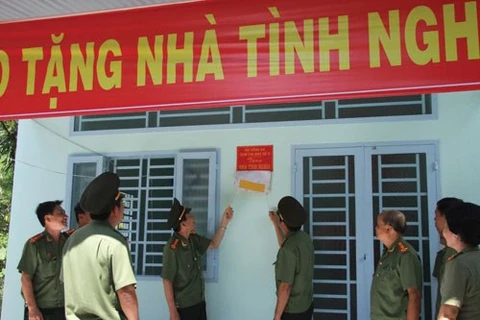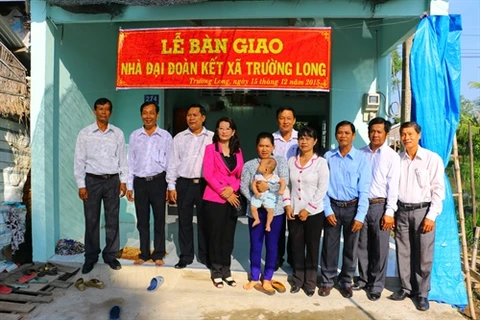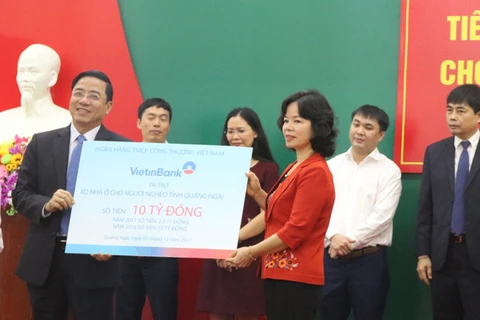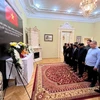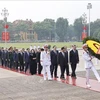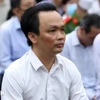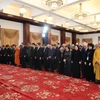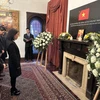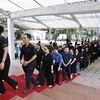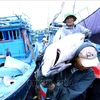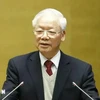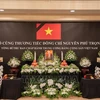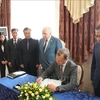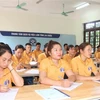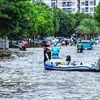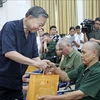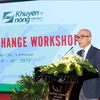HCM City (VNA) - Ten houses of charity were handed over to poor households and those living near the poverty line in HCM City’s Can Gio district on December 28.
The houses were built at a cost of 700 million VND (30,360 USD), raised by the Vietnam Fatherland Front (VFF) Committees of centrally-run cities and provinces, including 400 million VND from the VFF Committees of Can Tho, Da Nang, Hai Phong, and Hanoi, with the remainder from the HCM City Thien Tam (Kind Heart) Foundation through the city’s VFF Committee.
Addressing a ceremony to hand over the houses to beneficiaries, To Thi Bich Chau, President of the HCM City VFF Committee and head of the VFF delegation, said that the gifts aim to help households settle down and promote production, thus escaping from poverty.
She wished them a warm Lunar New Year (Tet), expressing a hope that they will continue to actively engage in movements launched by the VFF at all levels, contributing to building a prosperous and modern city./.
VNA

